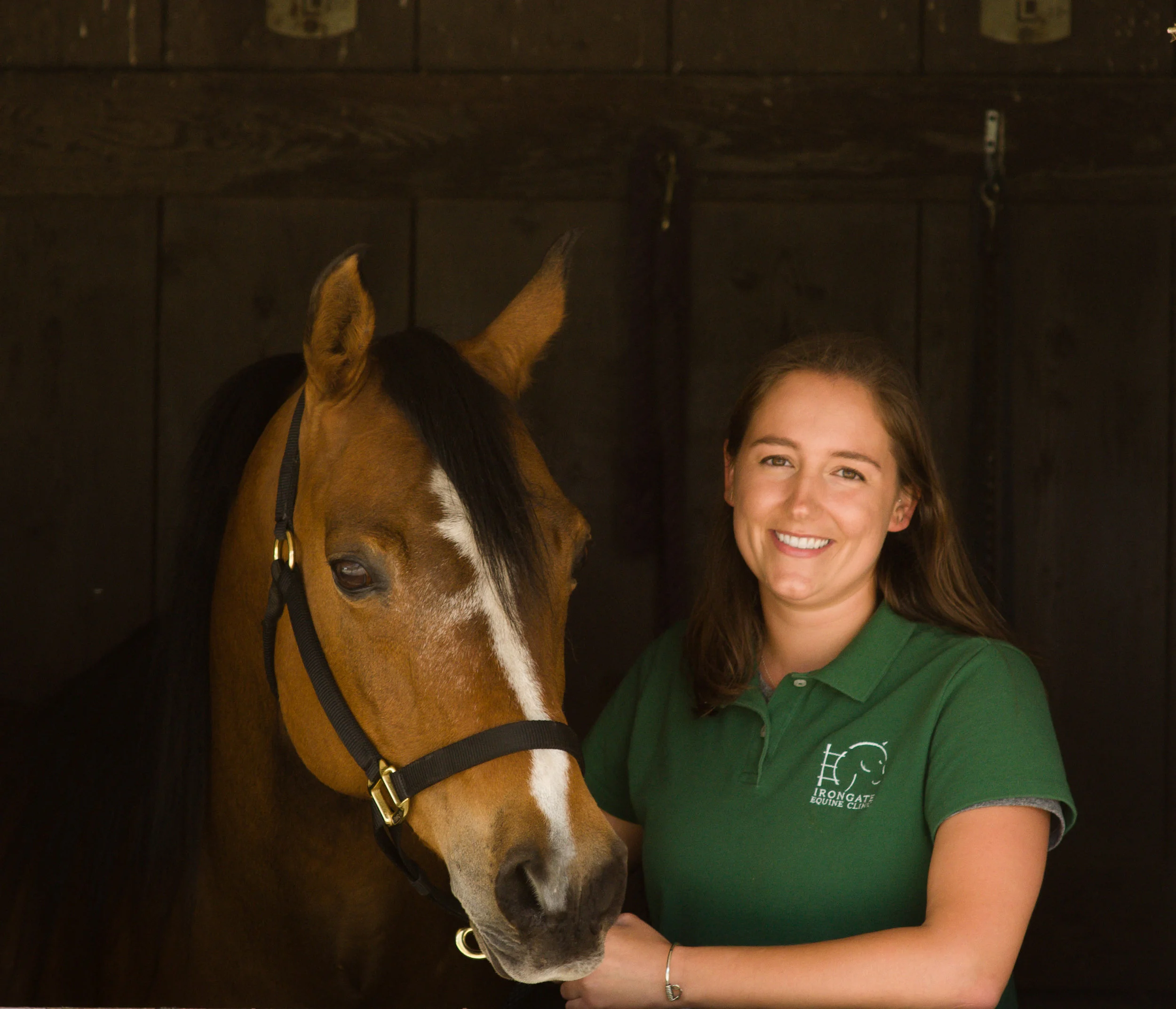Written By: Lauren Alderman, DVM, CVA, CVSMT
Equine Protozoal Myeloencephalitis (EPM) is a neurologic disease in horses caused by infection with the protozoan Sarcocystis neurona (SN). SN infects horses when they ingest the organism in contaminated feed or water. The definitive host of this organism is the opossum, which passes the organism in its feces. Horses are considered a “dead end” host for SN, meaning that once infected, they are not a source of infection for other animals. Once the horse ingests SN, the organism can penetrate the gastrointestinal tract, enter the bloodstream, and then enter the central nervous system.
Photo: Stephanie L. Church, Editor-in-Chief, The Horse magazine
Clinical signs of EPM
EPM presents with a variety of neurologic signs, depending on the infection. Signs can have a subtle, gradual onset, or be acute and severe. Most commonly, horses with EPM present with asymmetric hindlimb paresis (weakness) and muscle atrophy. Rarely, the first signs may be related to a cranial nerve deficit (blindness, facial nerve deficits) or a focal brain lesion (depression, seizures).
Diagnosis of EPM
We diagnose EPM largely based on clinical signs. These signs are highly variable, but most commonly, veterinarians suspect EPM when a horse presents with evidence of spinal cord disease.
Veterinarians then support a clinical diagnosis with serologic testing, although the results of these tests can be difficult to interpret. Blood or cerebrospinal fluid (CSF) can be tested for antibodies to SN. Unfortunately, research has found that the 45-65% of the normal horse population in the upper midwest has seropositivity for antibodies to SN, making a positive blood test of little use. A negative result on a blood test is much more likely to be accurate and help rule out EPM.
CSF can also be tested for the organism, though any contamination of the sample with blood can lead to a false positive result. We can safely collect CSF from a horse while they are standing, but sample contamination is more likely. We can also collect CSF with the horse under general anesthesia, which carries a lower likelihood of sample contamination. Frustratingly, CSF in normal horses has also been found to contain antibodies to SN. Thus, a positive CSF test can be challenging to interpret with absolute certainty.
Treatment of EPM
Several treatments exist for horses diagnosed with EPM. Ponazuril (Marquis) is an oral paste typically prescribed for a 28 day course. Diclazuril (Protazil) is an oral, alfalfa pellet-based medication typically prescribed for at least 28 days. Prior to the approval of Marquis, veterinarians typically prescribed oral trimethoprim/sulfonamide antibiotics in combination with pyrimethamine for 12-16 weeks.
Vitamin E supplementation is also frequently recommended due to its antioxidant properties. Horses with severe, acute neurologic deficits may also be treated initially with flunixin (Banamine), phenylbutazone (Bute), or DMSO.
Prognosis for your horse with EPM
Without treatment, EPM will progress to severe paresis (weakness) and possibly recumbency (an inability to rise). This can occur over a matter of hours or years, depending on the case.
With treatment, approximately half of infected horses will stabilize in their current state. The other half will improve about one neurologic grade. This means that a horse with very mild signs of EPM may return to full and safe athletic use. Alternatively, a horse with very severe signs due to EPM may improve, but may never be safe to ride.
Prevention
As horses most commonly come into contact with SN by ingesting feed or water containing opossum feces, prevention relies on reducing the chances of opossum feces being present. Focus on avoiding attracting opossums to horse feeding areas, and preventing them from accessing those areas if they do arrive. Horse and pet feed should not be left out, and open feed bags and garbage should be kept in closed, secure containers. Bird feeders and fallen fruit are attractive to wildlife such as opossums. Outbuildings on the property, such as storage sheds that are rarely entered, can also serve as attractive hiding places for wildlife such as opossums. Making a point to enter these buildings regularly can help discourage opossums from taking up residence in these locations. Finally, opossums themselves can be trapped and relocated if the above measures fail to discourage them from frequenting a particular property.
Questions?
This was a lot of information, and hopefully the only part you’ll ever need to use is the “Prevention”. If you do have questions, please contact us.























